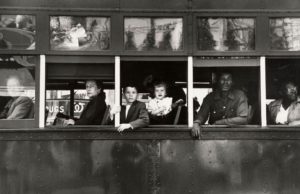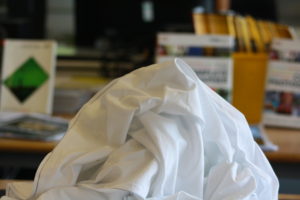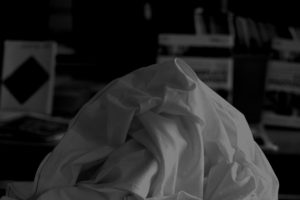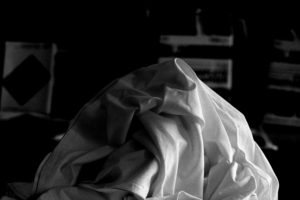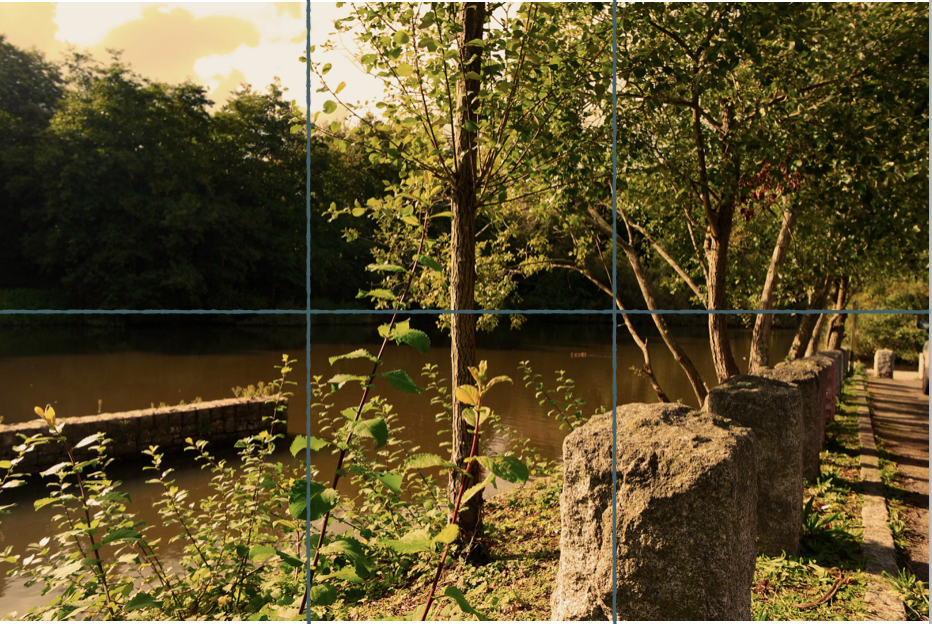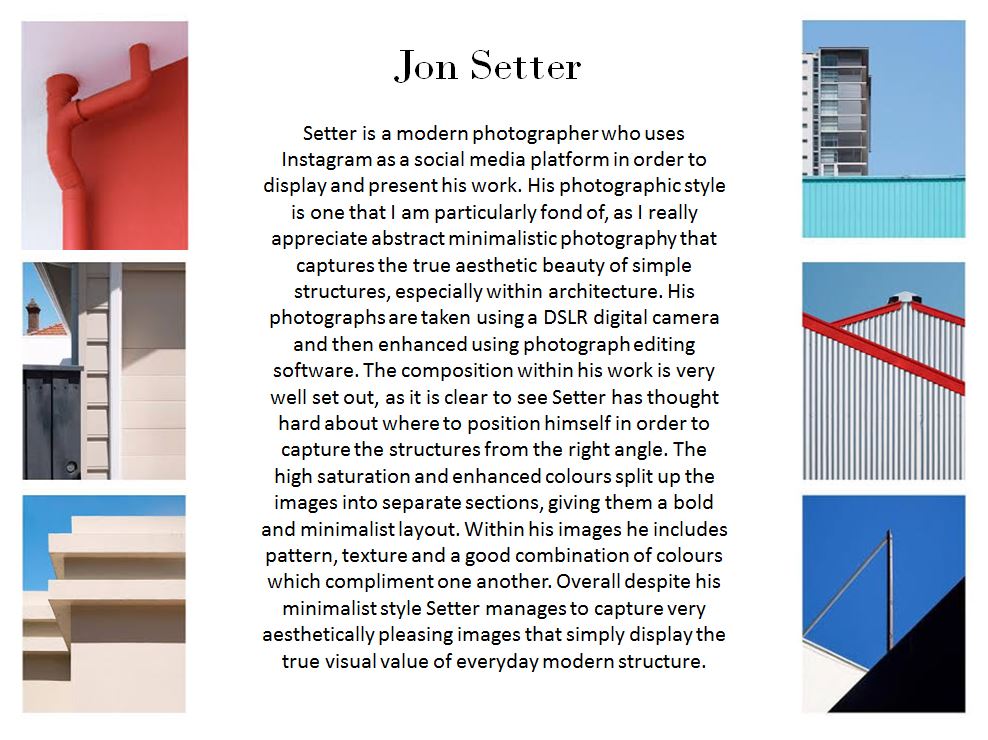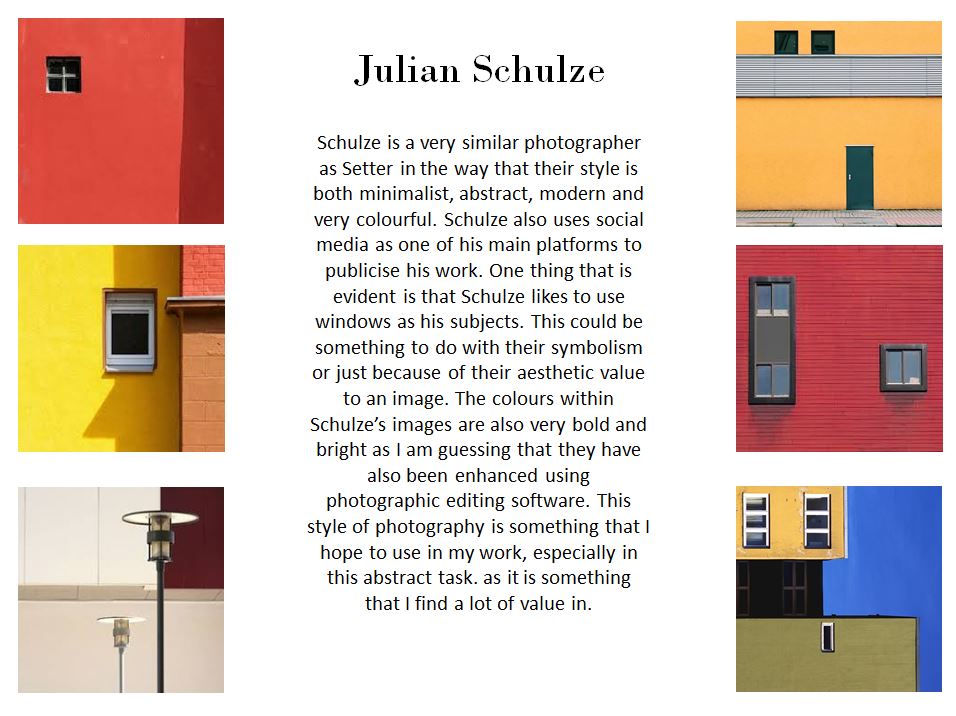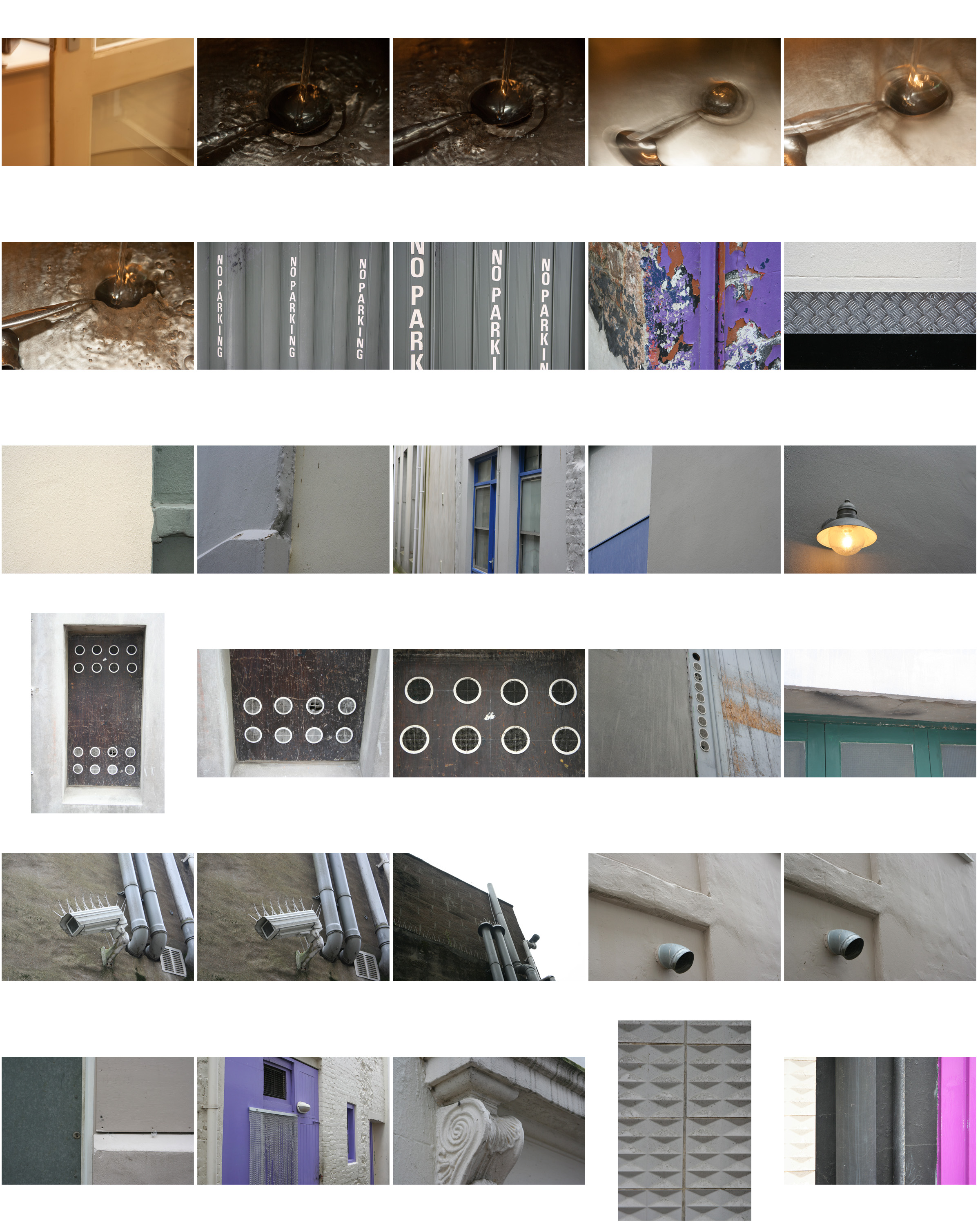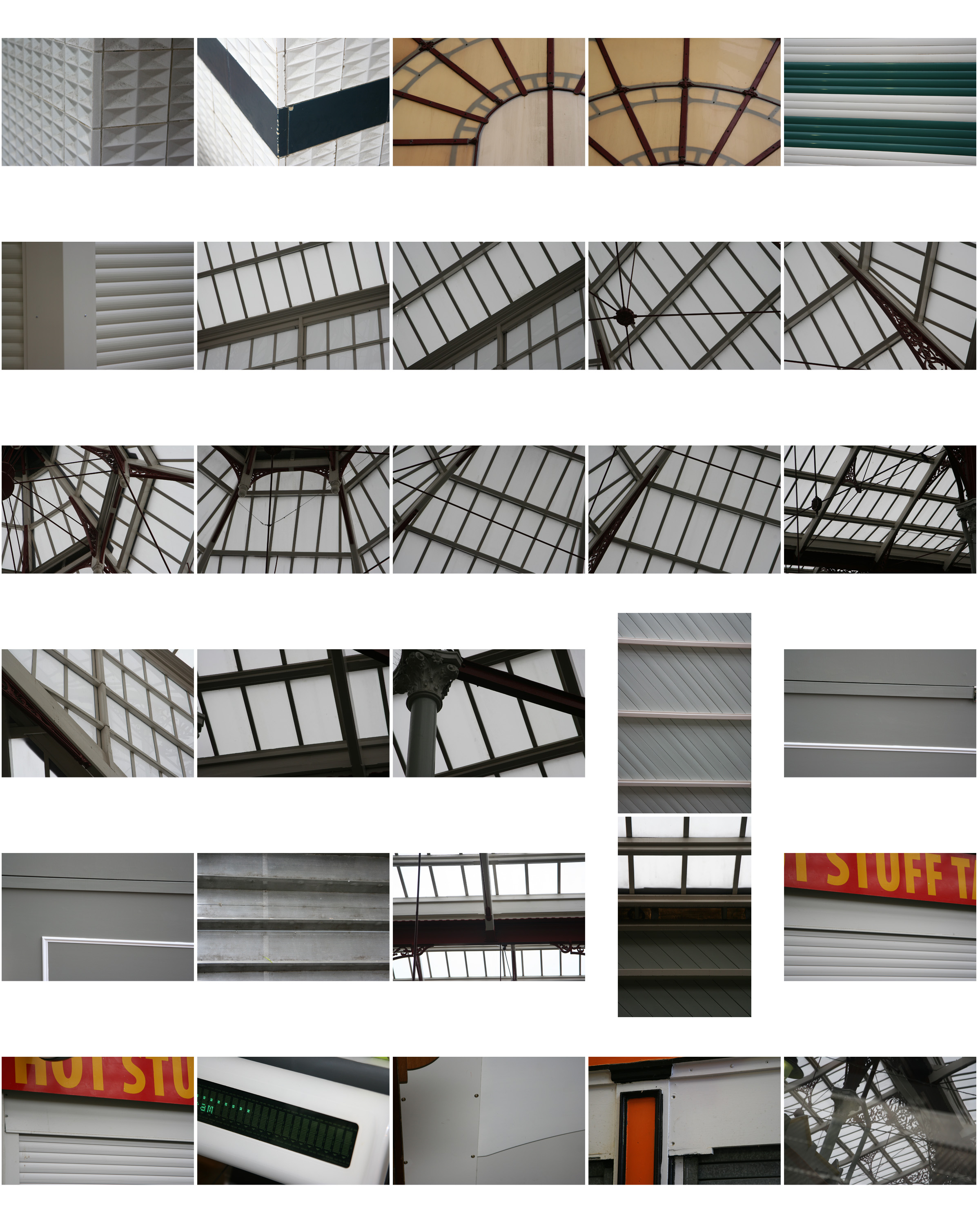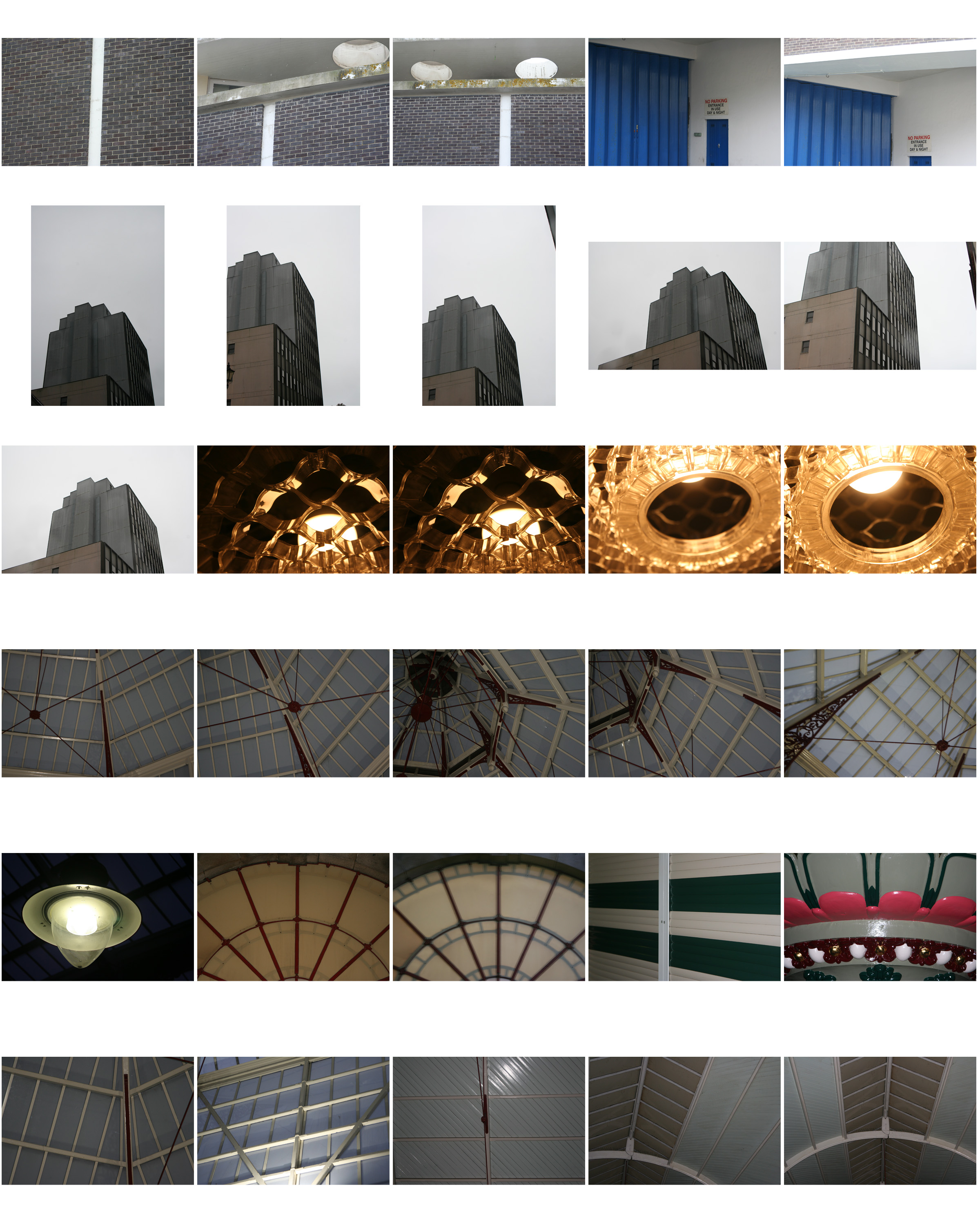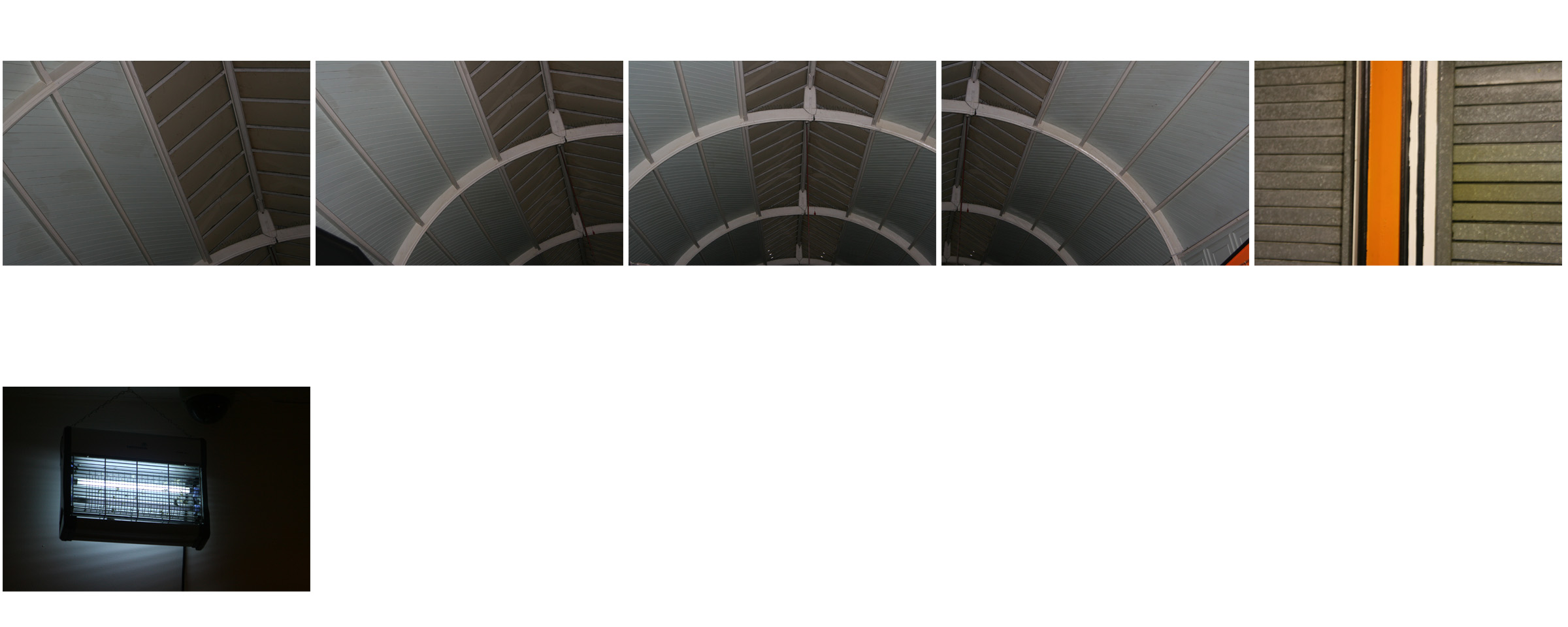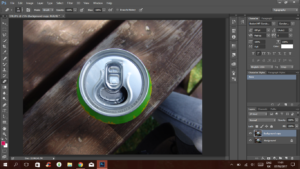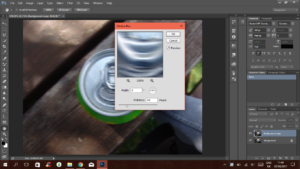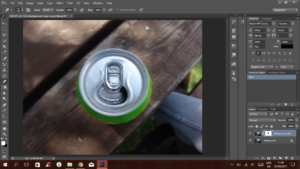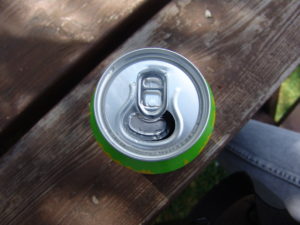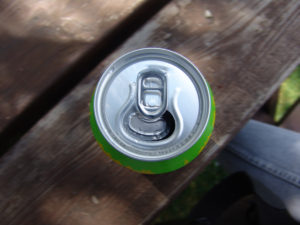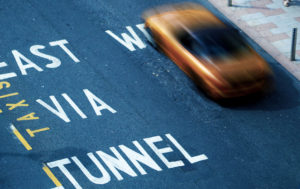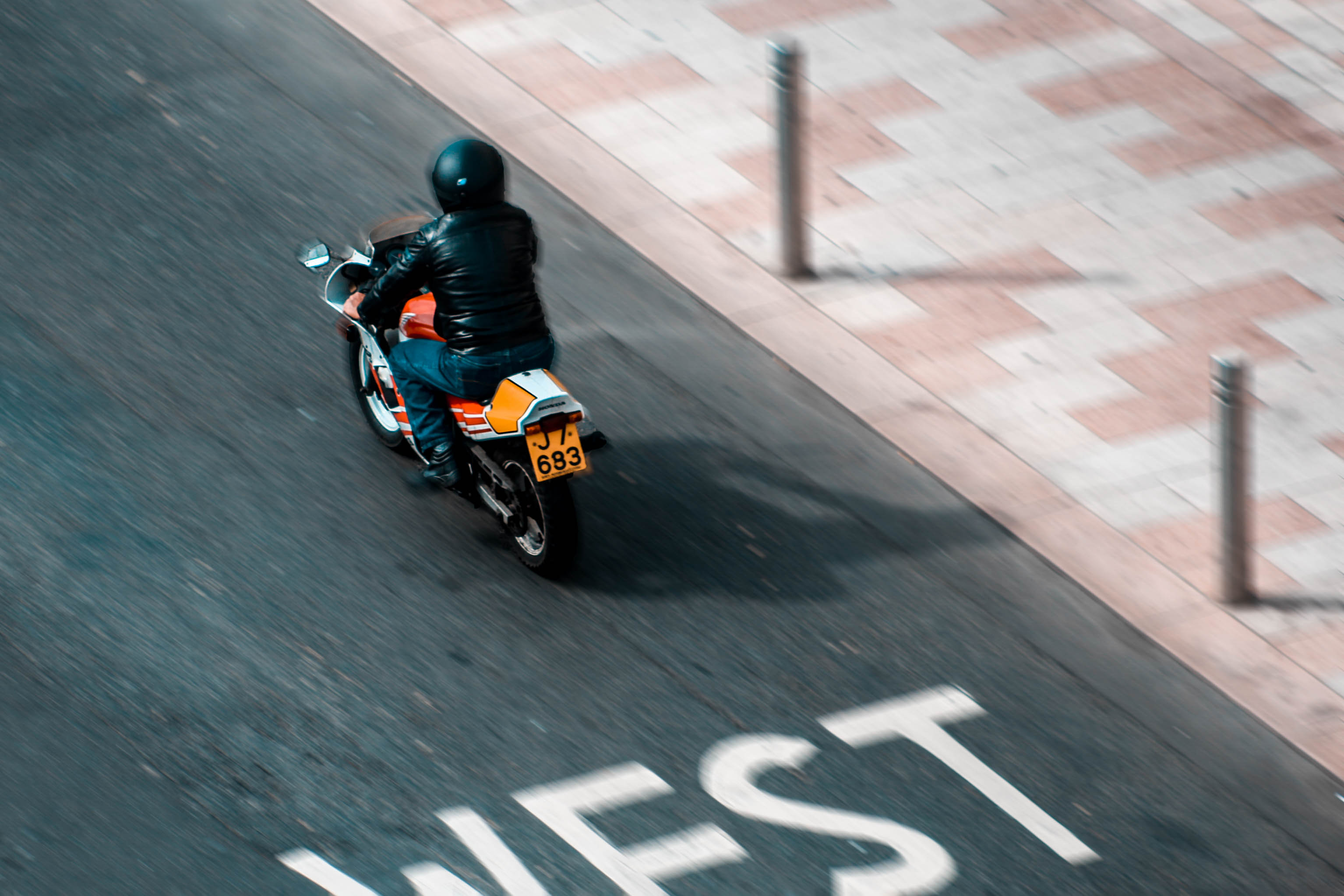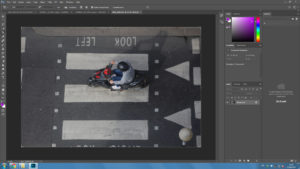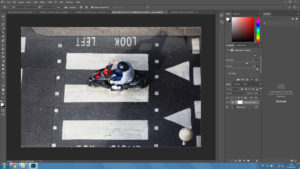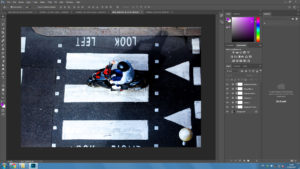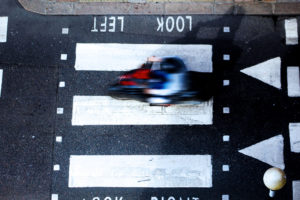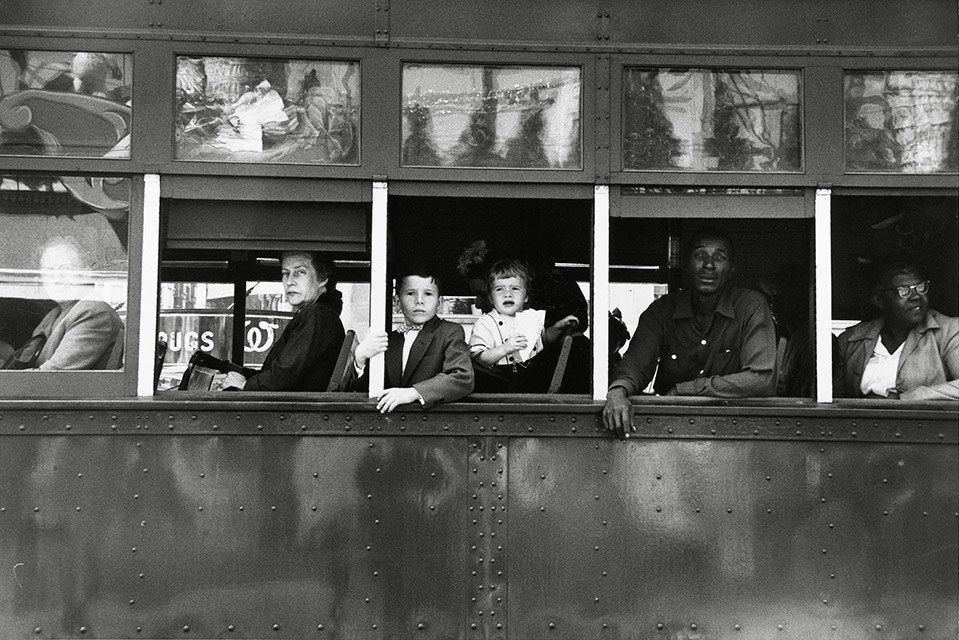
The type and style of genre of his work: this is photojournalism and street photography in order to demonstrate and develop how Americas is presented throughout time and his own view that is conceptualized by race and other cultures within america that created a large impact within the time. He is highly evolutionary and has loaded meaning and metaphorical advances within the piece itself.
technical:
Throughout this image there is an array of tonal and developed lighting within tone.He is highly creative within the composition using many reinfections to mimic and mirror the effects of images and personality within the pieces. you can see that this piece was taken with a fast shutter speed due tot ht movement of the bus and also a low iso to create all the detail and realism within the piece itself. There is also a large depth of field within the sharp focused image,this is possibly in order to produce an accurate representation of the time and as a metaphoric device to be able to see the whole image itself. He has also successfully captured and interesting composition of rule of thirds within this image as you can see clear lines and levels within the bus itself,this almost accentuates the man leaning out and the detail and main couscous on him and possibly the emotions he is going through.
contextual:
This image again has a significant historical factor,of that of racial segregation and the development of how black people were detained for their own rights they were seen as lesser.The positioning of the black man towards the back also emphasized how he has less authority then the white man positioned throughout the front. The man looks also most desperate and the direct address to the camera almost demonstrates his need for help and his non understanding for why this is an occurrence of race and lack of opportunities. The is lso a very industrial inspired image,perhaps this has strong connotations to the neighborhood and the time period they are in and how this portrays poverty but perhaps only within the black areas of town,This also shows how the deteriation of the bus shows that again the movement going backwards is a continuation of fewer rights. The young also are a metaphor for how they could be raised differently to ignore race and not be ignorant like the former generation and that this exposure does not have to be a negative experience for the young.
visual:
you can see a continuous pattern throughout the visual effects of lines and reflection and again how this is attached to that of the segregation of race and perhaps it shows a balance within the tones and also the display of the overall composition of the pieces itself Again this demonstrates how it follows the zone system and also how the light follows a specialty and how it is also a reflection of the piece itself. There is also a sense of naturalism and nature of how it was a coincidental image again suggesting his more journalistic theme and how if it accourance in front of him it is an accurate representation of america and the people within it.
conceptual:
once again this shows the divide between race and the significance that this ouccre within america. The whiter people abuse there privilege within this image almost turning their heads up as if better than the photographer and due to their positioning in the front of the bus,again portraying the social significance and demand of authority. It shows that this is not the american dream,there is rebellion and suffrage and in a state of change and confusion within america,and this is his way of capturing the image and he is documenting this as he is face to face and to portray that america is not an idealistic journey in a juxtaposition in how it is represented,This image also portrays how society treat each other.
from a more modern perspective we would what to expect these standards of living to be completely different,but it is not.There is still a accurate continuation of suffering and also a demand of violence and it still has a harsh light of day that is still captured within photographers works today.
